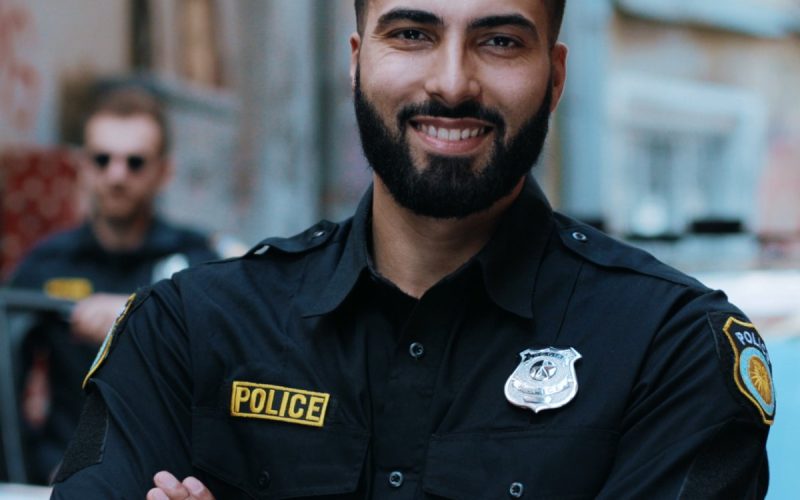When it comes to ensuring public safety, law enforcement officers rely on more than just their skills and training. From everyday essentials to emerging technologies, the tools they use in the line of duty reflect the evolving nature of their responsibilities.
By ensuring local law enforcement has the necessary equipment, communities can rest assured knowing that officers can perform their duties effectively. This article examines four essential tools utilized by law enforcement officers, highlighting their significance and the role they play in maintaining community security.
1. Duty Belt
The duty belt is one of the most common tools used by law enforcement officers, serving as a portable workstation that holds essential equipment. Typically made from durable and lightweight materials, it allows officers to easily carry items such as handcuffs, a firearm, a radio, a baton, pepper spray, and other necessary tools in the field.
This item’s strategic design ensures quick accessibility while maintaining proper weight distribution for comfort during long shifts. By keeping all necessary equipment within reach, the duty belt plays an integral role in an officer’s ability to respond effectively to various situations.
2. Body Cameras
Body cameras have become essential tools for law enforcement, enhancing transparency and accountability during interactions with the public. These small, lightweight devices are typically mounted on an officer’s uniform or duty belt, providing a first-person perspective of events as they unfold.
By recording audio and video, body cameras help document incidents, gather evidence, and protect officers and civilians. Their use has also encouraged more professional behavior and reduced complaints, fostering trust between law enforcement and the communities they serve.
3. Protective Armor
Armor is a crucial component of law enforcement and military equipment, designed to protect personnel from ballistic threats and physical injuries. Balancing comfort and protection in tactical body armor makes it easier for officers to perform their duties without distraction.
Modern body armor typically consists of lightweight, durable materials like Kevlar or ceramic plates that can absorb and dissipate the impact of bullets or sharp objects. It comes in various types, including soft armor for flexibility and hard armor for enhanced protection in high-risk situations.
4. Communication Devices
Communication devices ensure seamless coordination and information sharing in critical situations. From handheld radios to advanced wearable systems, these tools enable real-time communication between team members, enhancing operational efficiency and safety.
Modern devices often feature encryption technologies, ensuring secure transmissions even in hostile environments. Many devices are durable and can withstand the rugged conditions frequently encountered by law enforcement, military personnel, and emergency responders, making them ideal for use in challenging environments.
Equipping the Next Generation of Officers
With these four essential tools used by law enforcement, officers can respond more effectively to incidents, gather critical evidence, and ensure public safety while protecting their own lives. Law enforcement is a demanding job that requires quick thinking, adaptability, and a high degree of preparedness.

